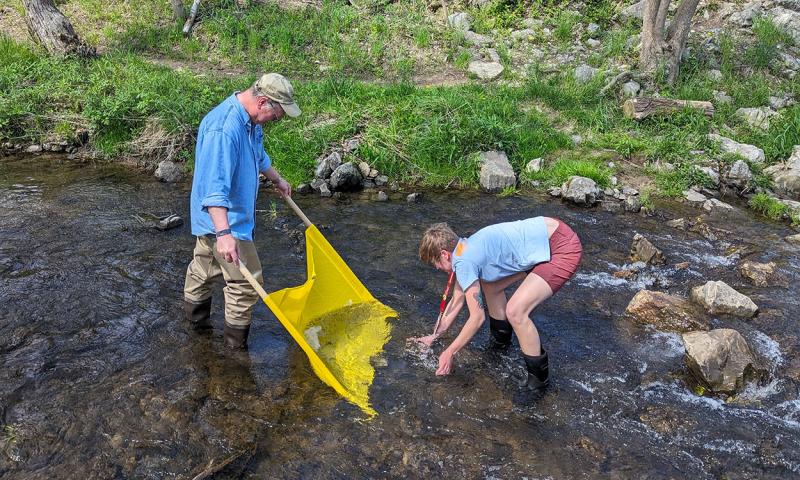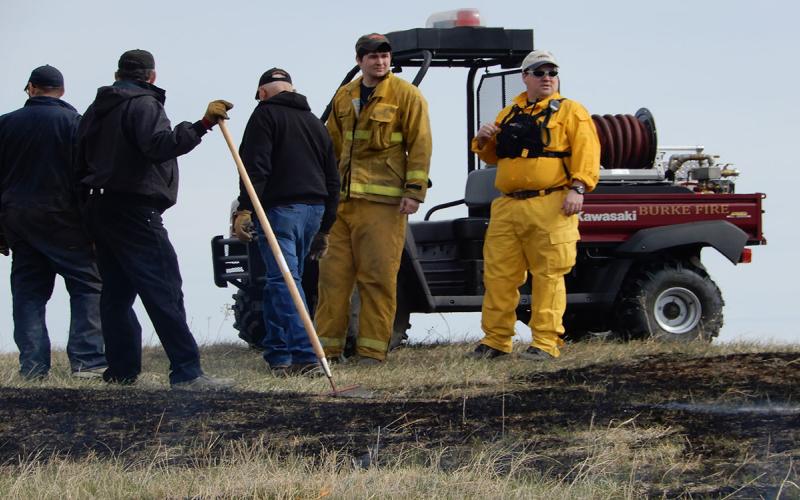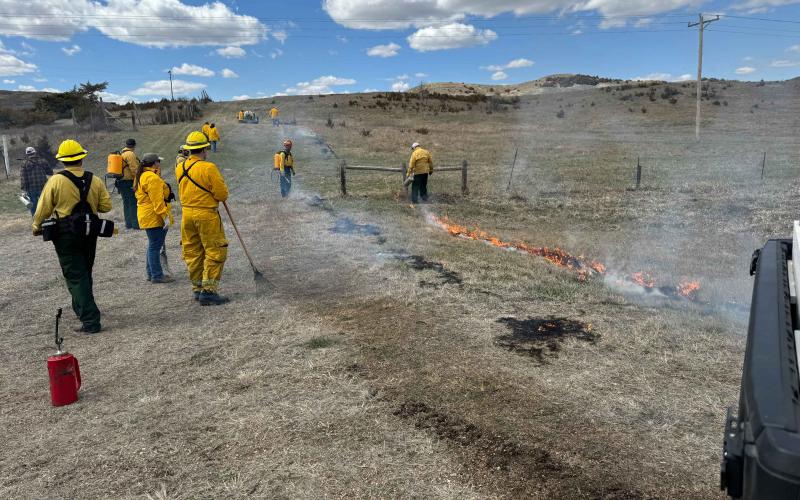
Use it or lose it. That saying is as true in academia as it is everywhere else. As a graduate and undergraduate student at South Dakota State University (abbreviated as SDSU) many years ago, I learned a lot about the natural sciences. But if you never use aspects of what you learned in your career afterwards, it tends to disappear on you.
Case in point: sampling and identifying aquatic invertebrates. During my career after finishing school up until now, I have never had an occasion to work with aquatic invertebrates, something that was taught to me in an ecology class some 30+ years ago. After moving to Brookings last year to work on campus, we decided to split my SDSU Extension appointment, where three-quarters of my appointment is now within the SDSU Department of Natural Resource Management (abbreviated as NRM). Time to brush up on some of those forgotten natural science skills!
The Izaak Walton League of America’s Save Our Streams program is a nationwide citizen-science training program where volunteers can become certified stream monitors through online instruction and in-field training. The volunteers learn about biological, chemical, and physical stream assessments, but much of the training is dedicated to benthic (bottom-dwelling) aquatic invertebrate sampling techniques and identification.

All states use a combination of biological, chemical, and physical monitoring to assess the quality of their respective rivers and streams. For instance, in South Dakota we participate in the National Rivers and Streams Assessment every 5 years.
Sampling aquatic macroinvertebrates is an important aspect of assessing surface water quality, as they are considered bioindicators. Their presence, absence, and abundance give us an indication of the condition of the waterbody. Also, different benthic invertebrates have different tolerances to pollutants. If there is an absence of invertebrates that are sensitive to pollution where they were once documented before, that is a good indication that the waterbody is not as healthy as it once was.
As I continue to work with NRM faculty and staff, there will be opportunities to use the knowledge that I re-gained during the IWLA training for future SDSU Extension programming. The 2024 Natural Resources High School Program coming up in July is a great example. I’m sure there will be others.
Use it or lose it.
Additional Information
- South Dakota Watershed Protection Program, South Dakota Department of Agriculture & Natural Resources.
- Indicators: Benthic Macroinvertebrates, U.S. Environmental Protection Agency
- Stream Monitoring, Izaak Walton League of America.
- Natural Resources High School Program, South Dakota State University.


